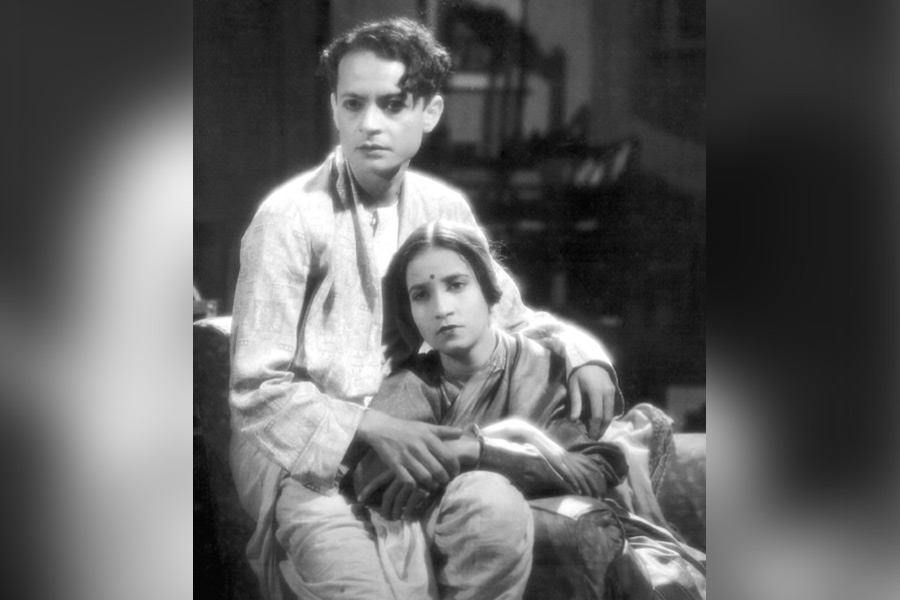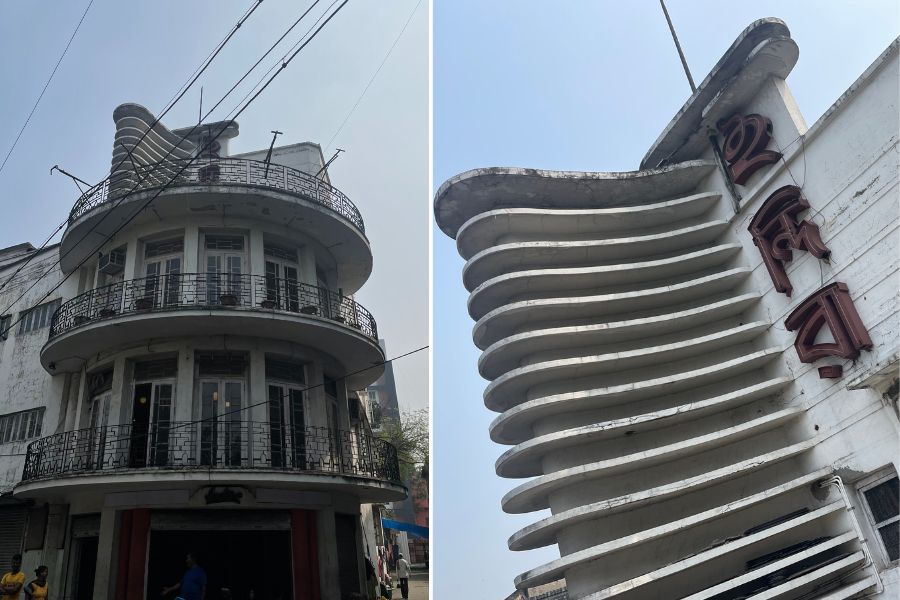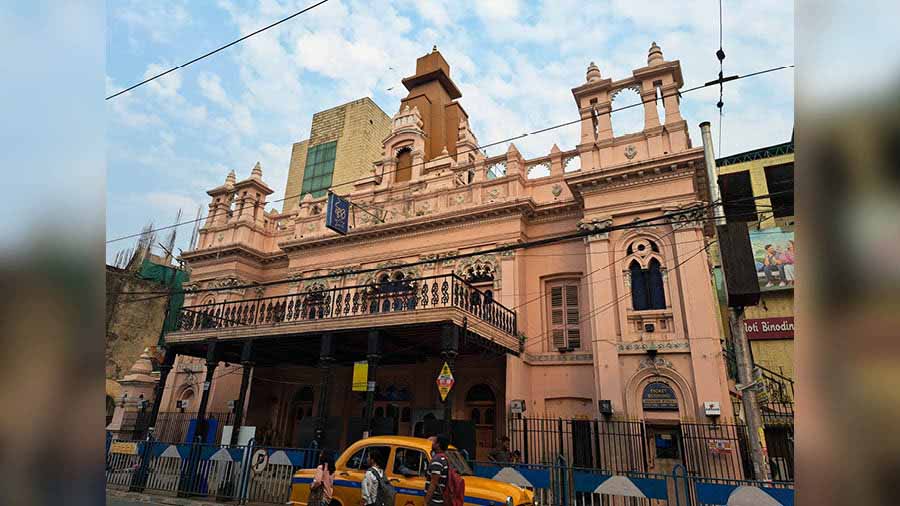Calcutta of the late 1920s. A young man had recently returned from England after completing his civil engineering studies at the University of London. One of the first projects he picked up in the city was the construction of a cinema. Little did he realise that this professional assignment would completely change not only his life but that of the fledgling motion picture industry of India.
The Sircars were an illustrious family. Peary Charan Sircar was a pioneer educationist of the 19th century. His series of reading books introduced generations of Bengali children to the English language. Peary Charan also served as the principal of Hare School. His son JN Sircar was a famous barrister. His grandson, Sir NN Sircar, knight commander, also brought great laurels to the family, becoming the advocate-general of Bengal province in 1928.
It was natural then that great things were expected of Birendranath or BN Sircar – who was born to Sir NN Sircar in 1901 at Bhagalpur, back then a part of Bengal. After completing his schooling from Calcutta, he headed for London to pursue a civil engineering degree. Back home, one day, while travelling on the road, he noticed a long queue. On enquiry, young BN came to know the queue was for watching a newly released silent movie. It aroused his interest in this newly emerging medium. By coincidence, he received an assignment to construct a movie theatre around the same time.
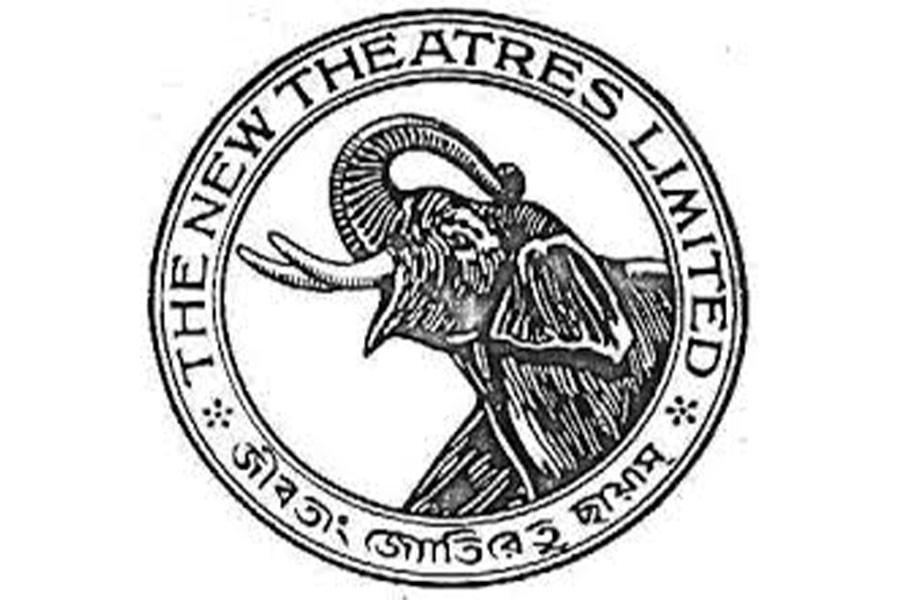
The poster or logo of New Theatres
As part of the project, BN read up extensively on movie technology. The celluloid bug had well and truly bitten him. BN Sircar became obsessed with the idea of cinema. He decided to construct a movie theatre, where Bengali cinema would be exclusively exhibited. Thus, was born Chitra cinema (later renamed to Mitra) – the inauguration ceremony performed by the fastest rising Indian Congress leader of that time, Netaji Subhas Chandra Bose, on December 30, 1930. Chitra was followed by New Cinema – where Hindi films were shown.
But BN Sircar had far greater ambitions in mind than just establishing cinemas. In those days, the film industry was rather looked down upon by the gentry. It was rare for women from well-to-do families to act in films. The initial years saw male actors like the pioneering Anna Salunke portray female characters on screen. In the 1920s, it was mainly women of Eurasian origin who were cast in lead female roles. BN Sircar wanted to change this negative perception. He looked at cinema as a form of art and wanted the society to view it in the same lens.
In 1930, BN started work on his most ambitious project – a movie studio. Land was leased from Basanti Cotton Mills near Tollygunge. New Theatres formally started its journey on February 10, 1931. Its motto was Jivatang Jyotiretu Chhayam (Light infusing shadows with life). Over the coming years, a rare constellation of talent converged at New Theatres – making it the beating heart of Indian film industry.
Premankur Atarthi, Raichand Boral, Debaki Bose, PC Barua, Nitin Bose, Kanan Devi, KC Dey, KL Saigal, Prithviraj Kapoor, Trilok Kapoor, Chhabi Biswas, Bikash Roy, Pahari Sanyal, Basanta Chowdhury, Phani Majumdar, Pankaj Mullick, Timir Baran, Mani Bardhan, Hemchunder, Jagdish Sethi, Uma Shashi, Leela Desai, Jamuna, Seeta Devi, Asit Sen, Durga Khote, Amar Mullick, Dhiren Ganguly, Chandrabati Devi, Subodh Mitra, Mukul Bose, Yusuf Moolji – luminaries who shaped the early years of Indian cinema all found their way to New Theaters in Calcutta over the coming years.
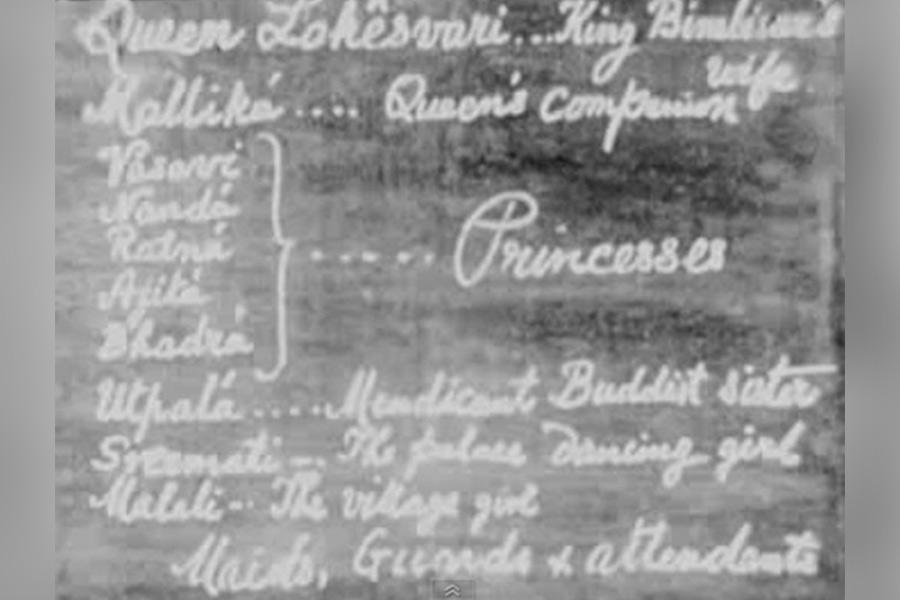
The title card of Rabindranath Tagore’s dance drama, ‘Notir Puja’
On December 30, 1931, the first feature film produced by New Theatres was released – Dena Paona was directed by Premankur Atarthi and had music composed by Raichand Boral. 1935 was a game changing year for New Theatres. That year, PC Barua directed and acted in Devdas, based on Sarat Chandra Chattopadhyay’s eponymous novel. It became a huge critical and commercial success. That same year, Nitin Bose used playback singing for the first time in Indian cinema in the film Bhagya Chakra. KC Dey, Parul Ghosh and Suprabha Sarkar did the playback. Bhagya Chakra was later remade in Hindi as Dhoop Chhaon, which, in turn, became the first Hindi film to feature playback singing.
A real high point for New Theatres came in 1932. At the end of the previous year, Rabindranath Tagore had come to Calcutta from Santiniketan to perform a stage production of his 1926 dance drama Notir Puja. BN got in touch with Tagore and convinced the latter to transform the play into a moving picture – to be produced by New Theatres. Notir Pujo – the film, was shot over four days at floor no. 1 of New Theatres Studio. Apart from writing and directing the film, Tagore also acted in it. The music for the film was composed by Tagore’s grandnephew, Dinendranath. Notir Pujo released at Chitra on March 22, 1932. Despite its commercial failure, Notir Pujo remains historical as the only film written and directed by Tagore.
Incidentally, this was not Tagore’s only involvement with New Theaters. The great polymath listened to KL Sehgal singing Hindi versions of his songs before allowing the recording of the same. Tagore is said to have loved the environments of New Theatres, and when in Calcutta, loved to visit BN Sircar’s studio.
Sircar’s determination to transform Notir Pujo into celluloid was a result of his deep dedication to bring a sense of prestige to the film industry. In coming years, he would ensure New Theatres would produce movies based on classics by famous Bengali litterateurs like Bankim Chandra Chattopadhyay, Sarat Chandra Chattopadhyay and of course, Tagore. Sircar would also commission writing of film stories to well-known literature writers. Stories of several of New Theatres’ hits were written by Sailajananda Mukhopadhyay, including Deshar Mati (1938), Jiban Maran (1939) and Daktar (1940).
BN wanted his New Theatres to be more than simply a film production setup. Films produced by New Theatres were often a medium to inspire social change. In 1939, at the request of Lady Linlithgow, wife of Viceroy Linlithgow, Sircar produced the film Jiban Maran, aimed at raising awareness about how deadly tuberculosis was. The 1944 Bengali film Udayer Pathe – later remade in Hindi as Hamrahi – was a deeply patriotic piece of work, in line with contemporary times. It triggered the British censor board to cut the song Jana Gana Mana from the released version of film.
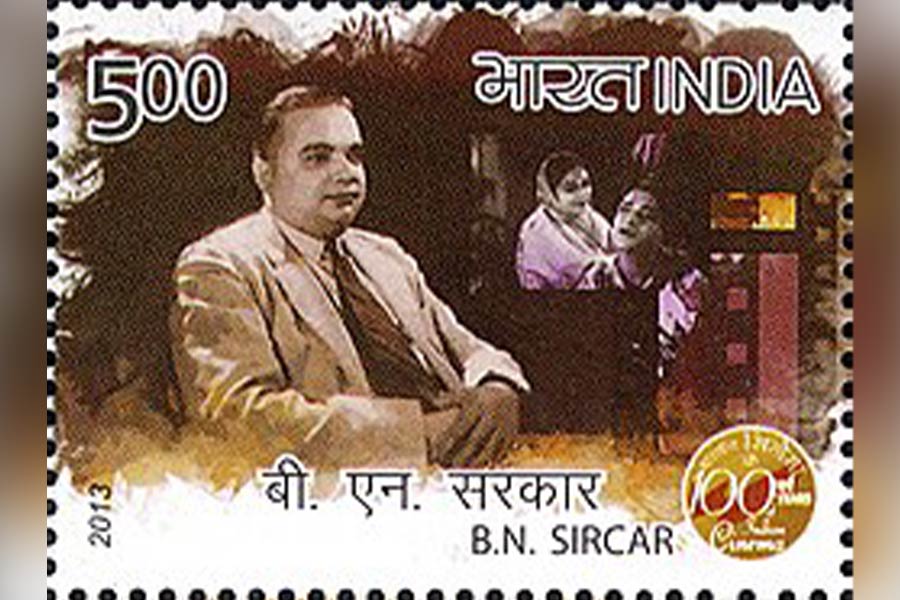
India Post released a stamp honouring Birendranath Sircar in 2013
New Theatres of BN Sircar produced more than 150 films in Bengali, Hindi and a few in Tamil. However, as the 1940s progressed, the fortunes of New Theatres started dipping. The ravages of World War II, the Great Bengal Famine of 1943, the terrible riots of 1946-47 and finally, the embers of Partition that cut up Bengal into two different countries all played their part. By the time India gained Independence, the sun of the Indian film industry had started rising from the west (Bombay).
New Theatres carried on for some more years, increasingly plagued by financial difficulties. Bakul, released in 1955, was the last production of New Theatres under BN Sircar’s leadership after which the production house downed its shutters.
In 1970, BN Sircar was honoured with Indian cinema’s highest award – the Dada Saheb Phalke. Two years later, he was awarded the Padma Bhushan. He passed away in 1980.
Acknowledgements:
* New Awakening by Mukherjee, Partha, Priyanka – harmonyindia.org (Harmony Org)
